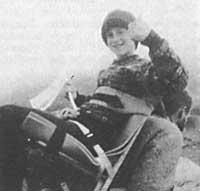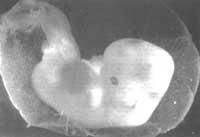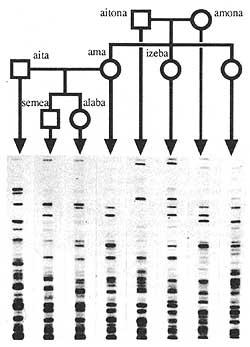Trying to detect carriers of muscular dystrophy
1991/03/01 Elhuyar Zientzia Iturria: Elhuyar aldizkaria
This system or technique is more accurate than so far. Only a little blood will be extracted and can serve to help families with other genetic diseases.
Some muscular dystrophies are due to a mutation in the X chromosome gene dystrophy. The proportion of this disease in men is one in three thousand. Women with mutated gene on the second X chromosome have the same gene but without mutation. Therefore, the disease cannot develop in them. But these women are carriers of the disease and can transmit it to their children.

Although the sequence and location of the dystrophy gene is known to most researchers, it is very difficult to detect carriers of the disease. The Distrofina gene is terrible, with approximately two million base pairs.
For a third of people with muscular dystrophy the disease is new and in addition the mutation in each case is new.
About 65% of those affected by this disease are affected by the absence or twice the disease. The absence or double of Exon is easy to identify by a gene test.
On the contrary, it is usually very difficult for doctors to identify women transporting the disease, since the second X chromosome of these women covers the error. The way used so far has been to measure the number of duplicates or faults in the DNA zone, but this system is not very reliable.
Roli Roberts and his friends at the Guy Hospital in London have found a way to address this problem. To do this, DNA is replaced by RNA. The duplicate sequences in the RNA are removed and the resulting string has only 14,000 base pairs. This accounts for 0.5% of DNA.
This material can be amplified by a polymerized chain reaction. Then, researchers can clearly work if there are defective genes or not.

Gai honi buruzko eduki gehiago
Elhuyarrek garatutako teknologia





